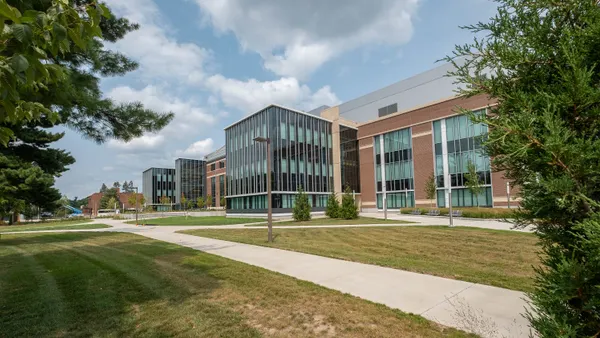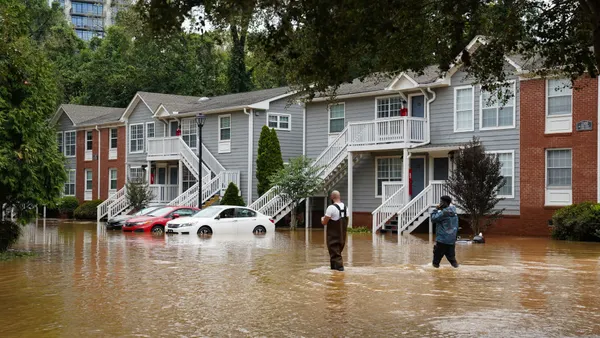Dive Brief:
- A year ago, the National Institute of Standards and Technology (NIST) built a lovely single-family home on its research campus in Gaithersburg, MD, and moved in a virtual family of four to measure how well the home did at creating enough energy to support itself.
- When the "family" reached its one-year anniversary Tuesday, the real people at NIST celebrated because the house sold 491 kilowatt-hours of excess power back to the utility.
- The test year turned out to have five months of below-average temperatures in the area and twice the normal snowfall.
Dive Insight:
The "family" that lives in the house was the creation of a computer and apparatus that simulated people moving about, using appliances and water and doing energy-using activities that real humans would. NIST said that the average annual power bill for a comparable house without solar generation and high-efficiency construction in the community would have been about $4,400.











